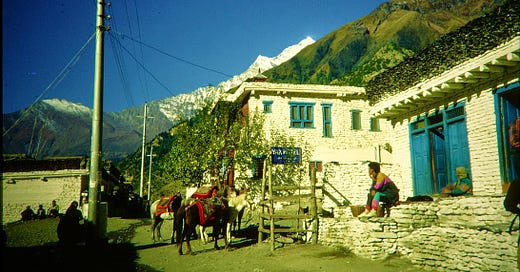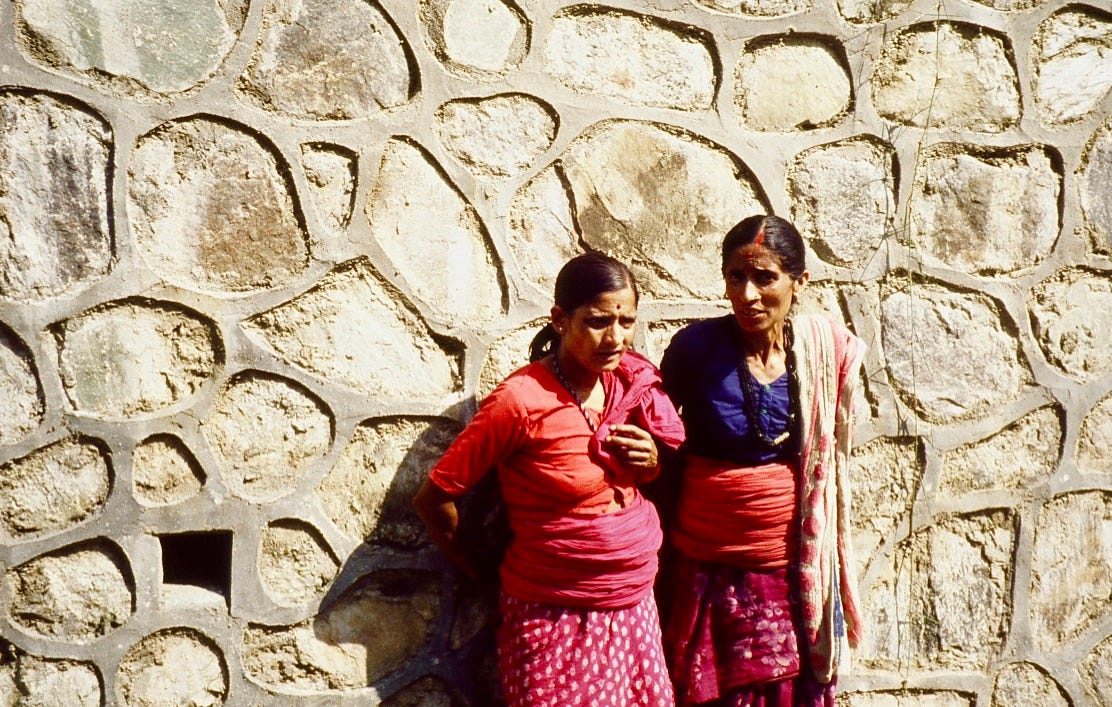While sitting in tea houses and walking twenty miles or more each day, Ashford made significant progress on his journey to Nepal’s capital. He encountered no police or military units and resisted the temptation to speak with the hikers he met on the trail. His survival relied on speed and secrecy.
The rains arrived on his final day on the trail. Moving slowly through the meadow, he paused for tea and biscuits. Quietly, he sat in the corner of the wooden building by the dam, trying to hydrate and find refuge. On some level, he realized he was enjoying the chase and outsmarting his pursuers.
Ashford had always been athletic and blessed with stamina. He enjoyed walking down the trail, and if he weren't trying to salvage his life, he might have thought he was on vacation. After a couple of days, he arrived in Kathmandu, and the real challenge began. How was he ever going to get out of the country and back to the States?
Ashford was a cunning criminal and a hypocrite; he was both smart and clever. He had acquired a counterfeit passport and ID from Boston under the name Edgar Beebe. After arriving in Kathmandu, he checked into a nondescript hotel, ordered a pizza and beer, and then took them back to his room to sleep. Twelve hours later, he began planning his escape back to America.
Ashford knew the airport would be closely monitored, and commercial flights were not an option. He had to devise an alternative approach, which he successfully did.
Hans Luden and Li Chen were also in Kathmandu. They had given up the chase near Pokhara, as neither was equipped nor experienced enough to pursue Ashford across the Himalayas. However, Luden had other ways to track the fugitive. With the help of a fellow professor at the University of Nepal in the capital, Luden and Chen gained access to supercomputers. It was as if the local police had been given Lamborghinis to catch speeders. Luden smiled as he powered up his machine!





Fun. I'm glad I tapped in today. Excitement in the Himalayas. :)